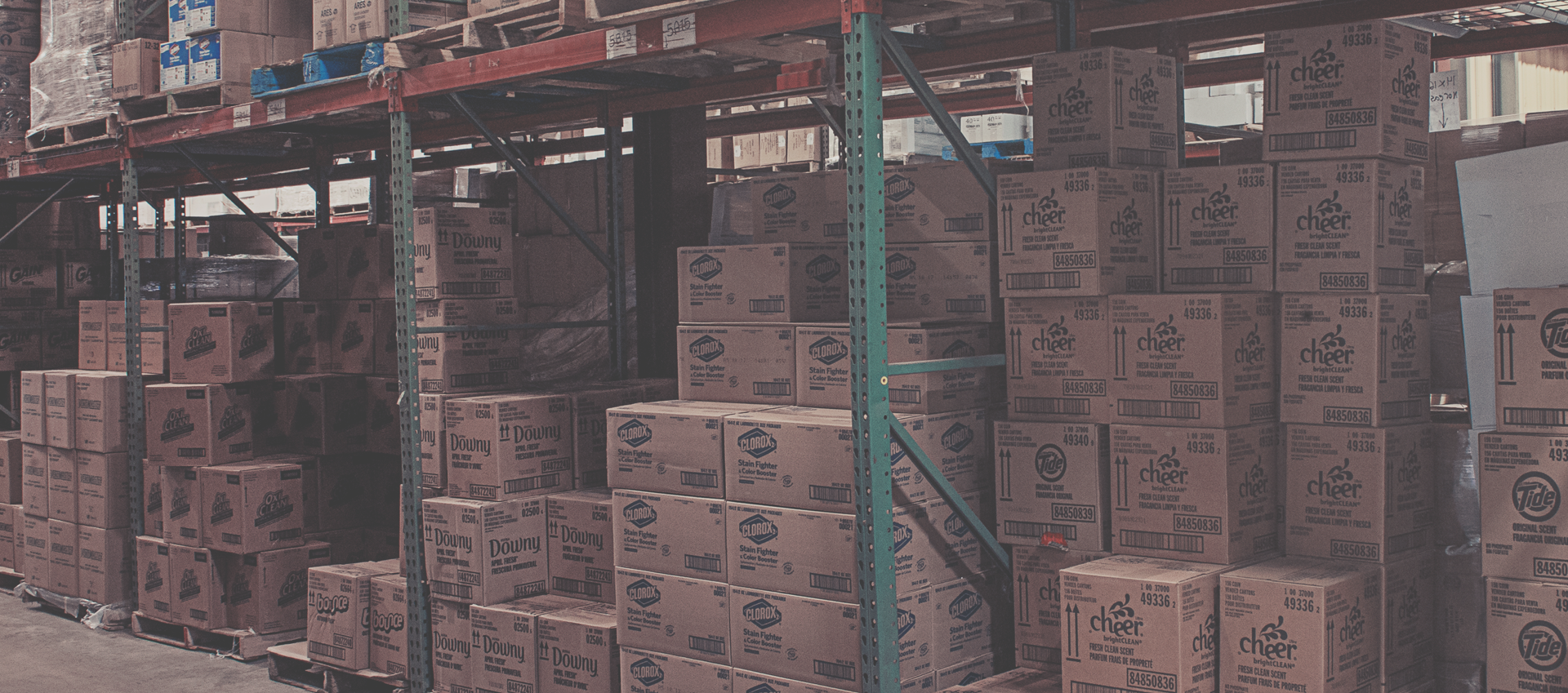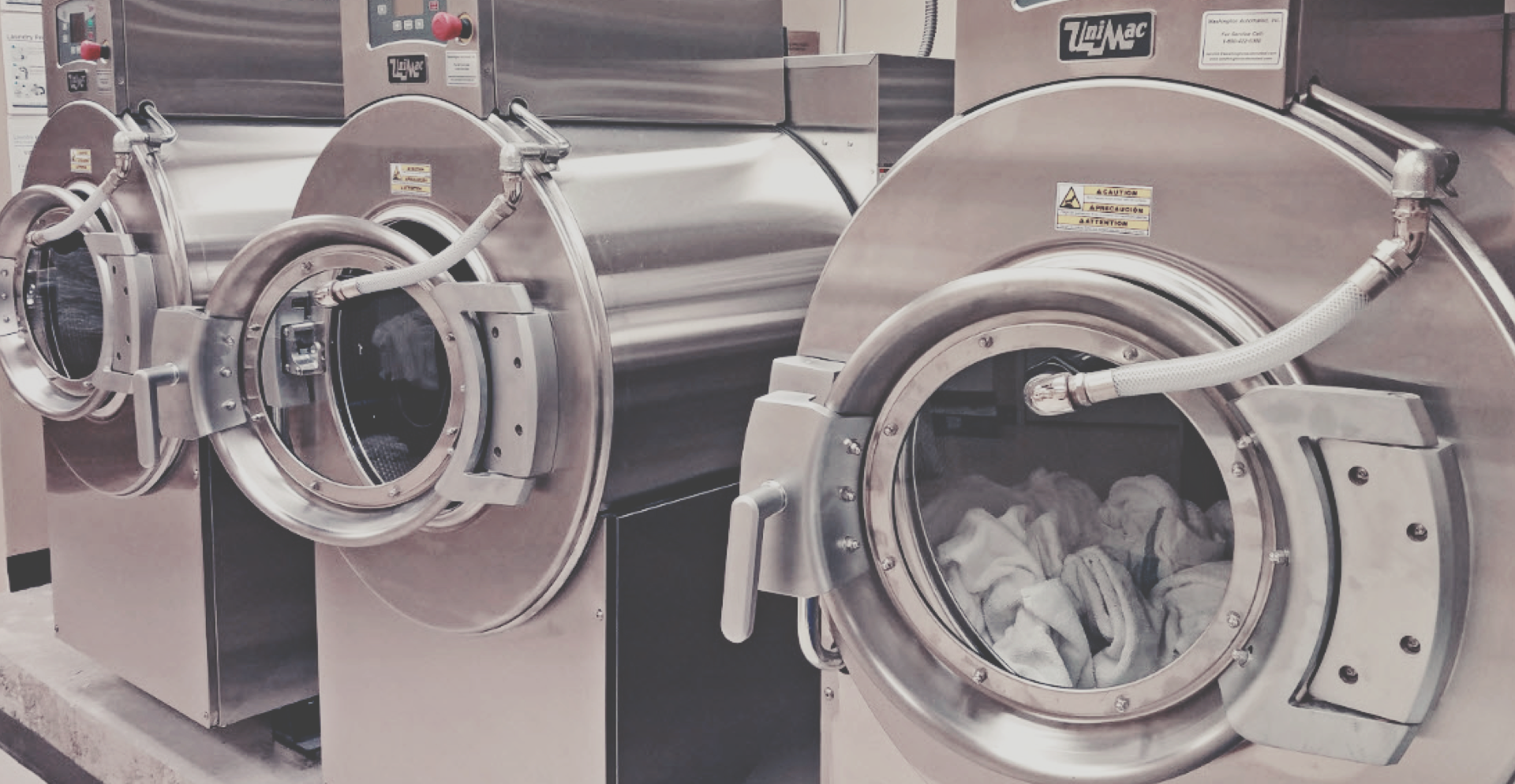By Scott Pariser
Pariser Industries Inc.
While others who weigh in on this question will likely have better insight into how to best pre-sort and arrange linens in order to maximize washroom efficiency, one often overlooked yet critical component of production efficiency in On-Premise-Laundries, (OPLs) involves maintaining proper linen inventory and its extraordinary impact on a laundry’s ability to produce linen in an effective, timely and cost-effective manner.
Inadequately maintained linen pars in Hospitality and Healthcare facilities make staging, sorting and loading linens to maximize efficiency an impossible task.
Too often, physical inventories of linens that I have participated in have revealed par levels on certain daily use items at less than One Par. A Par of linen, in this case, is defined as “The Total Use of an individual linen item consumed by a resident/guest per daily period”. (not, “One such item per person per day”).
In the scenario described above, some items are required to be washed more than once per day and re-distributed to the respective rooms in order to prevent a critical run-out of linen at
Therefore, some items will either be washed longer or harder than necessary, increasing costs and decreasing linen life, or the washer will be under-loaded, resulting in wasted time, energy and labor.
In order to run an efficient and effective laundry operation in an OPL, linen levels must be such that the laundry is washing linen today for tomorrow’s use at the very least. (Most Departments of Health actually require “Three Par” linen levels to be in circulation, and while this may not be feasible for some facilities because of cash-flow or space considerations, Two Par is a likely MINIMUM threshold for each item’s inventory control).
With proper linen par levels in circulation, the laundry operation can stage its daily requirements appropriately, wash all like items together on the best-suited wash formulae, dry each item only the appropriate amount of time, and thereby effectively and efficiently process each day’s linen requirements with the least amount of related expenses (and STRESS) possible.



